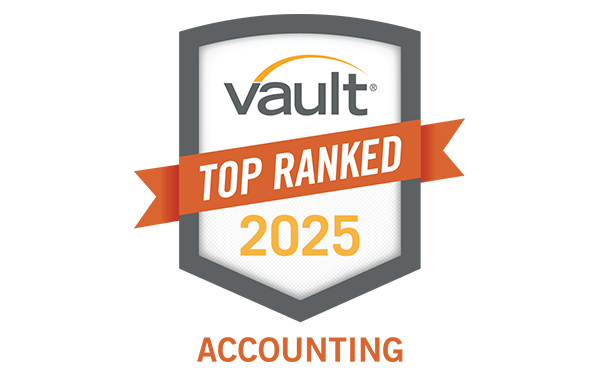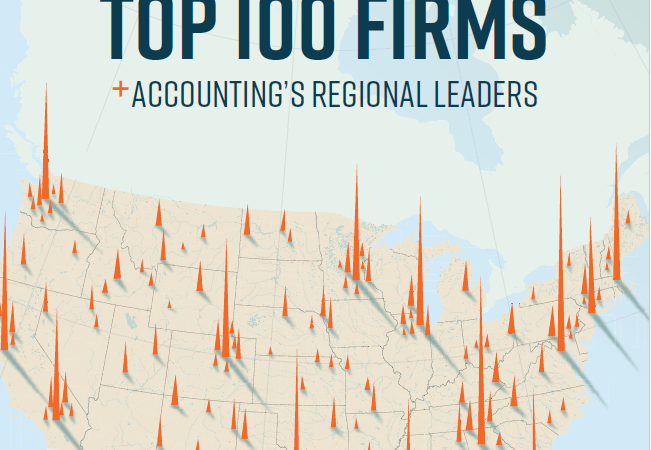The Pension Benefit Guaranty Corporation (PBGC) protects the retirement benefits of more than 40 million workers and retirees. PBGC was created by the Employee Retirement Income Security Act (ERISA) of 1974 to encourage the continuation and maintenance of private-sector defined benefit pension plans, provide timely and uninterrupted payment of pension benefits and keep pension insurance premiums at a minimum.
Where the Money Comes From
PBGC revenue does not come from the use of government general fund tax dollars. It is derived from:
- Insurance premiums paid by nearly 24,000 insured defined benefit pension plans;
- assets from terminated trusteed plans;
- Investment income; and
- Recoveries from companies that sponsored failed plans.
Net premium revenue totaled about $3.7 billion in 2015
Two Pension Insurance Programs
The single-employer program protects about 30 million workers and retirees in over 22,000 pension plans. The multiemployer program protects over 10 million workers and retirees in about 1,400 pension plans. Multiemployer plans are set up pursuant to collective bargaining agreements involving more than one unrelated employer, generally in one industry.
If a single-employer plan fails and PBGC becomes responsible for it, the agency directly pays benefits due toretirees (and future retirees) up to legal limits.
PBGC does not directly pay the benefits of participants in failed multiemployer plans. Instead, the agency provides financial assistance to the plans themselves, which continue to pay retirees.
Premium Rates
Flat-Rate Premiums
The per-participant flat premium rate for plan years beginning in 2017 is $69 for single-employer plans (up from a 2016 rate of $64) and $28 for multiemployer plans (up from $27 in 2016). The increase in the single-employer rate was provided in the Bipartisan Budget Act of 2015. The increase in the multiemployer rate is the result of indexing.
Variable-Rate Premiums (Single-Employer Plans Only)
For plan years beginning in 2017, the variable-rate premium (VRP) for single-employer plans is $34 per $1,000 of unfunded vested benefits (UVBs), up from a 2016 rate of $30. This $4 increase reflects a $3 increase provided in the Bipartisan Budget Act of 2015 plus a $1 increase due to indexing. For 2017, the VRP is capped at $517 times the number of participants (up from a 2016 cap of $500). Plans sponsored by small employers (generally fewer than 25 employees) may be subject to a lower cap.
Multiemployer plans do not pay a VRP.
Premium Filing Due Dates
The premium due date is the 15th day of the tenth month following the day the Plan’s fiscal year begins. If the actual due date falls on a Saturday, Sunday or Federal holiday, the due date will the first business day following the actual due date. For example, the premium due date
for a Plan Year beginning January 1, 2017 will be Monday, October 16, 2017.
Late Payment Charges
If you file a premium payment after the due date, PBGC will bill the Plan for late charges. The late charges include both interest and penalty charges. The charges are based on the outstanding premium amount due on the due date. PBGC also may assess penalties under ERISA section 4071 for failure to timely provide premium-related information.
What is Online Premium Filing (My PAA)?
My Plan Administration Account (My PAA) is a secure web-based application that enables pension plan professionals to electronically submit premium filings and payments to PBGC in accordance with PBGC’s regulations. PBGC’s mandatory e-filing requirements apply to all types of filings, including both original and amended filings.
Using My PAA to electronically submit your premium filings:
- Streamlines the premium filing process for users.
- Helps users prepare, and PBGC process, premium filings faster and more accurately.
- Provides immediate confirmation of date and time that PBGC received your filing.
- Helps PBGC provide more accurate and timely invoices.
- Speeds up refund processing.
- Offers filing options that enable filers to view premium data submitted.
- Enables on-line access to plan premium filing account histories.
By: Mark A. Batliner, CPA, CFE | Senior Manager




